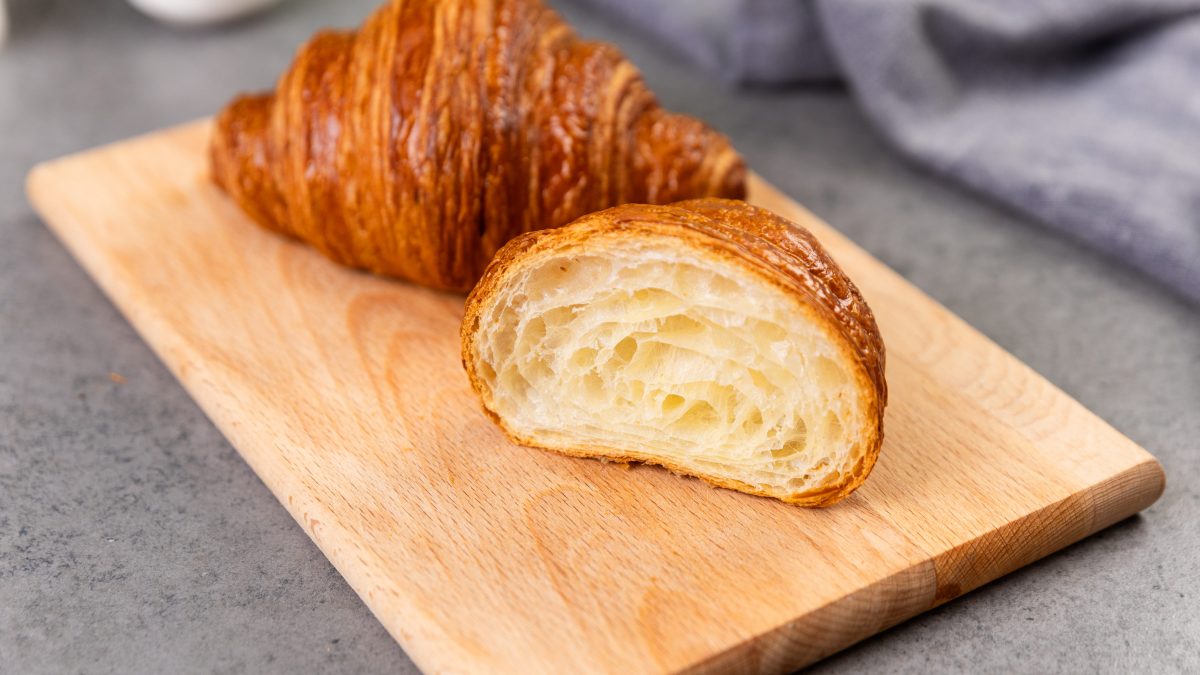
Croissants are the ultimate indulgence—light, airy layers of buttery dough that melt in your mouth. This homemade croissant recipe is perfect for breakfast, brunch, or any time you crave a freshly baked treat. Whether you're a baking enthusiast or a beginner, these croissants will impress everyone around your table.
What Are Croissants?
Croissants are a classic French pastry known for their golden, crisp exterior and soft, buttery layers within. Originally inspired by the Austrian kipferl, the croissant became a staple of French patisseries in the 19th century. Today, they're beloved worldwide as the quintessential breakfast pastry and a symbol of comfort and indulgence.
Why Everyone Will Love This Recipe
These croissants are incredibly flaky and rich in flavor thanks to their many delicate layers of laminated dough. The process is rewarding and approachable with clear instructions, making this recipe perfect for home bakers. Serve them warm with jam or butter for a luxurious start to your day—or enjoy them as is!
Pro Tips for the Best Croissants
- Temperature matters: Keep your butter cool but pliable for perfect lamination.
- Rest your dough: Don't rush the chilling stages—this ensures crisp, flaky layers.
- Roll gently: Apply even, gentle pressure to avoid tearing the dough or squashing layers.
- Use high-quality butter: European-style butter with a high fat content yields superior flavor.
Frequently Asked Questions
How Long Does It Take to Make Croissants?
The process spans about two days, including resting and chilling times. Active preparation is around 1–2 hours.
Can I Use Instant Yeast Instead of Dry Yeast?
Yes, you can substitute instant yeast in equal amounts. Just skip the activation step and mix it directly with the flour.
How Do I Know When the Croissants Are Properly Proofed?
Your croissants should double in size and feel light and puffy. A gentle shake of the tray will cause them to jiggle slightly.
Why Did My Croissants Not Puff Up?
This usually happens if the butter leaked out during baking or the dough layers were compressed. Keep butter and dough temperatures consistent during lamination.
Can I Add Fillings to My Croissants?
Absolutely! Try adding chocolate, almond paste, or ham and cheese before rolling them up.
How to Freeze Croissants
To freeze unbaked croissants, shape them, place them on a baking tray, and freeze until solid. Transfer to a freezer bag and store for up to 2 months. When ready to bake, thaw overnight in the refrigerator and proof as usual.
For baked croissants, cool completely, then wrap tightly and freeze for up to 1 month. Reheat from frozen in a 325°F oven for 10–12 minutes.
How to Store Croissants
Allow croissants to cool completely before storing. Place them in an airtight container or wrap tightly with plastic wrap. Store at room temperature for up to 2 days or in the refrigerator for up to 4 days. Reheat in a 300°F oven for about 5–8 minutes to refresh their crispness.
Ingredients
How To Make Croissants
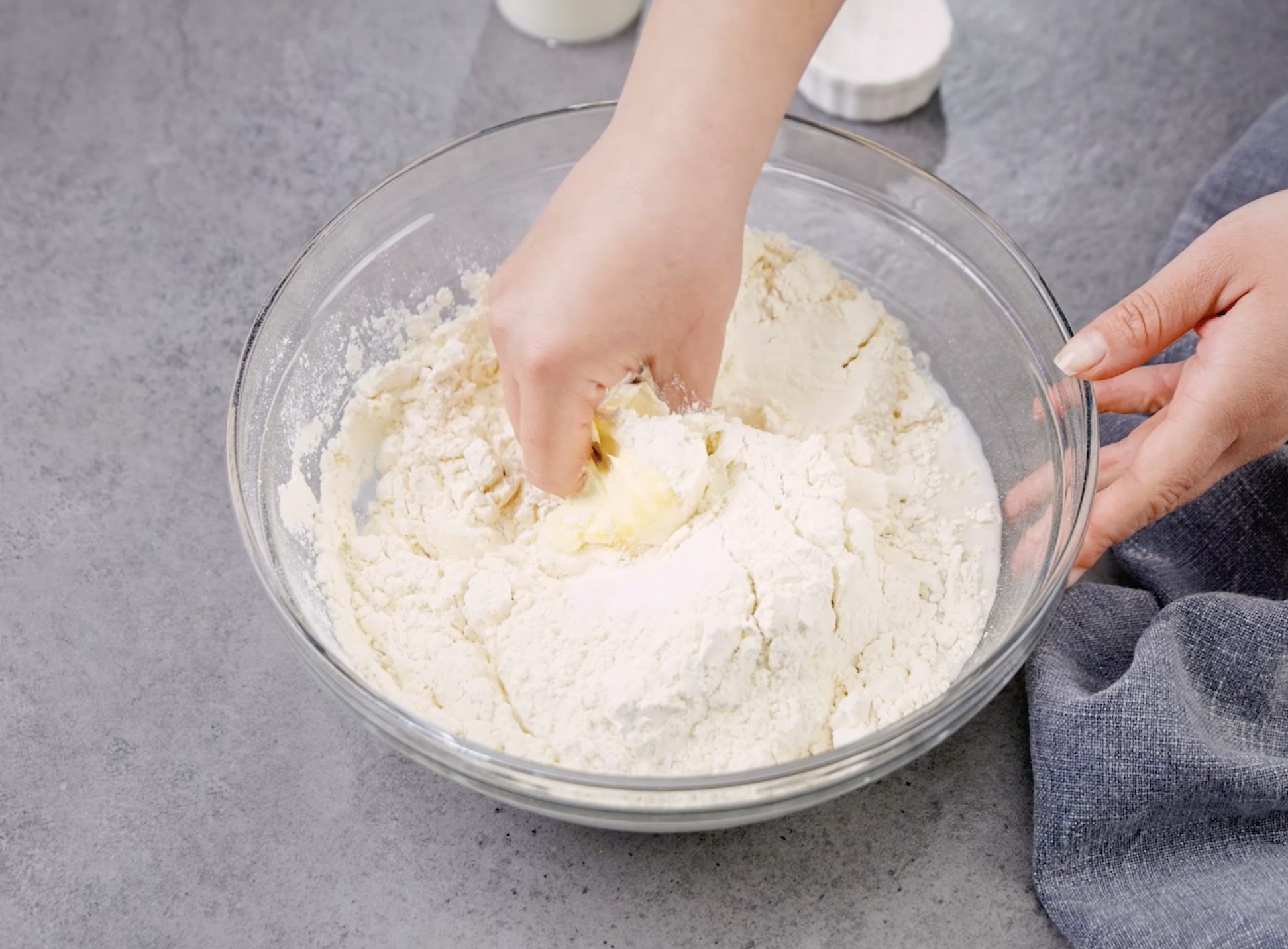;Resize,width=712;)
Add water, milk, yeast, sugar, flour, and salt to the bowl of a stand mixer fitted with a dough hook. Mix on medium speed for 2–3 minutes. When the dough comes together, add the 40 g butter, one piece at a time. Once incorporated, increase speed to high and mix for about 5 minutes until strong and smooth.
Add water, milk, yeast, sugar, flour, and salt to the bowl of a stand mixer fitted with a dough hook. Mix on medium speed for 2–3 minutes. When the dough comes together, add the 40 g butter, one piece at a time. Once incorporated, increase speed to high and mix for about 5 minutes until strong and smooth.
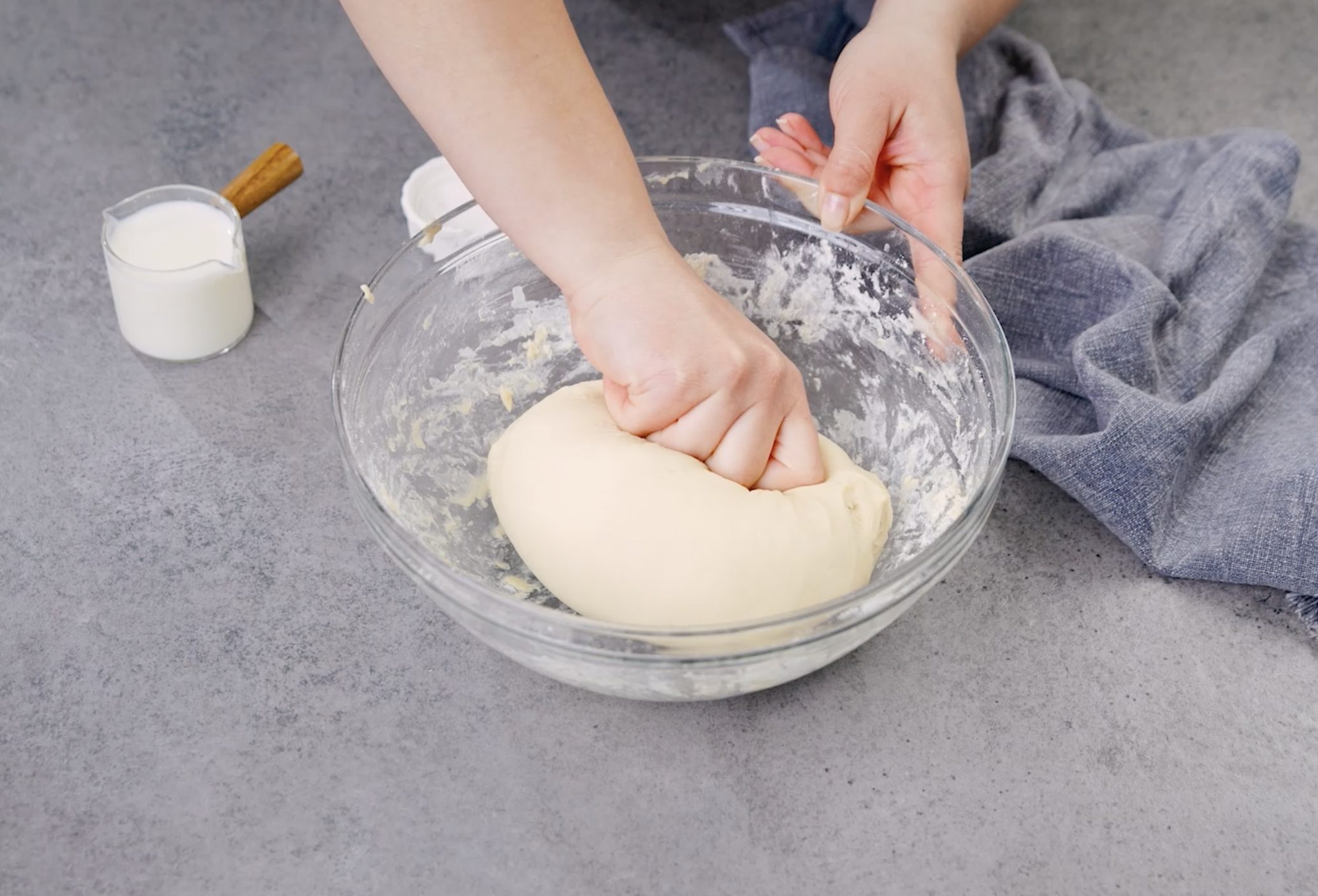;Resize,width=712;)
Shape the dough into a smooth ball. Cover and let rest at room temperature for 90 minutes. Roll the dough into a rectangle (18" x 9") on a floured surface. Place parchment paper over the top half and fold in half. Chill for 20 minutes.
Shape the dough into a smooth ball. Cover and let rest at room temperature for 90 minutes. Roll the dough into a rectangle (18″ x 9″) on a floured surface. Place parchment paper over the top half and fold in half. Chill for 20 minutes.
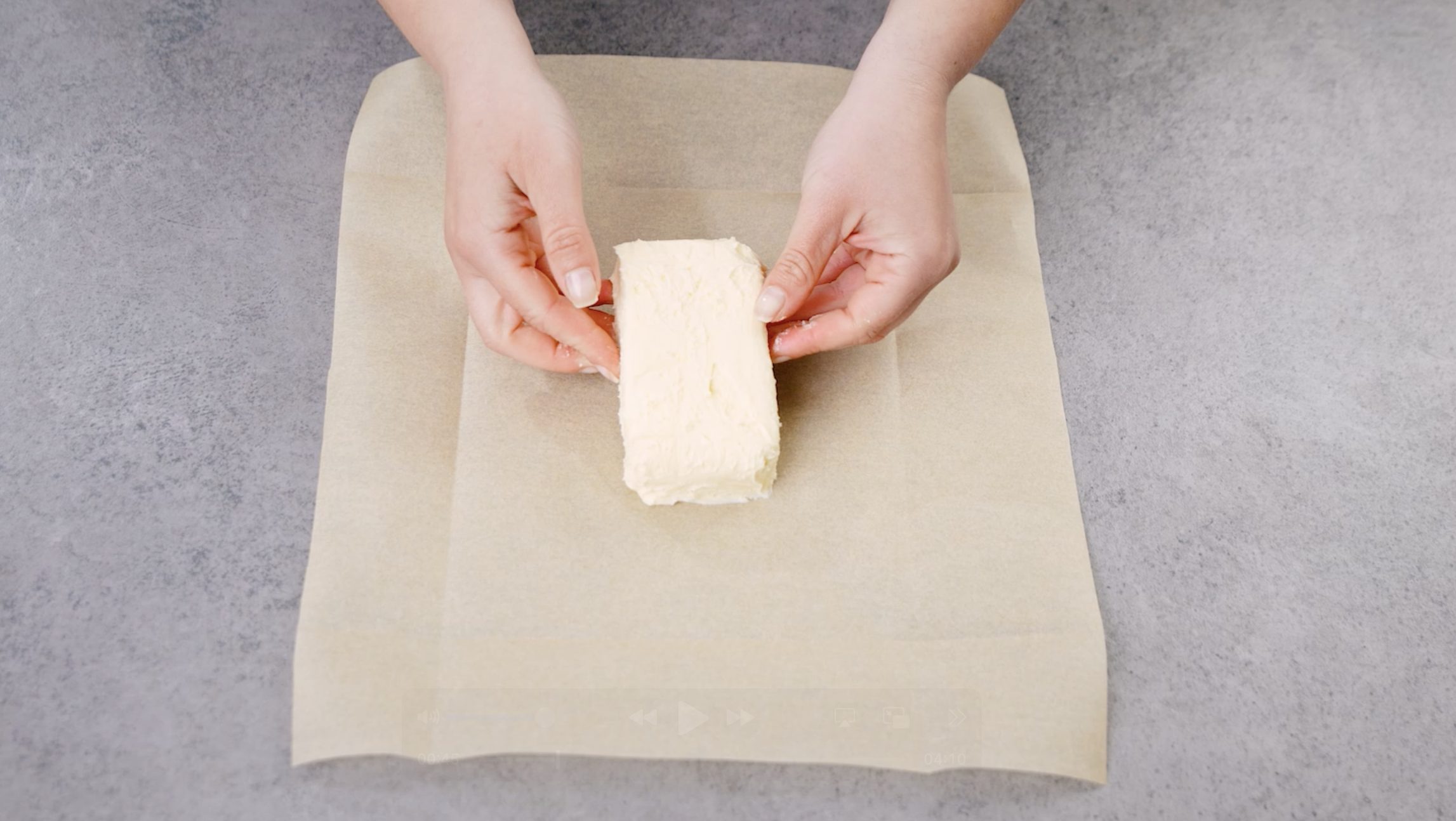;Resize,width=712;)
Let the 230 g butter sit at room temperature until pliable (about 20 minutes at 73°F/23°C). Roll the dough to 18–20" x 8–9". Place butter on the lower third of the dough, fold the top third down and bottom third up, sealing edges. Roll out gently to 16" x 8".
Let the 230 g butter sit at room temperature until pliable (about 20 minutes at 73°F/23°C). Roll the dough to 18–20″ x 8–9″. Place butter on the lower third of the dough, fold the top third down and bottom third up, sealing edges. Roll out gently to 16″ x 8″.
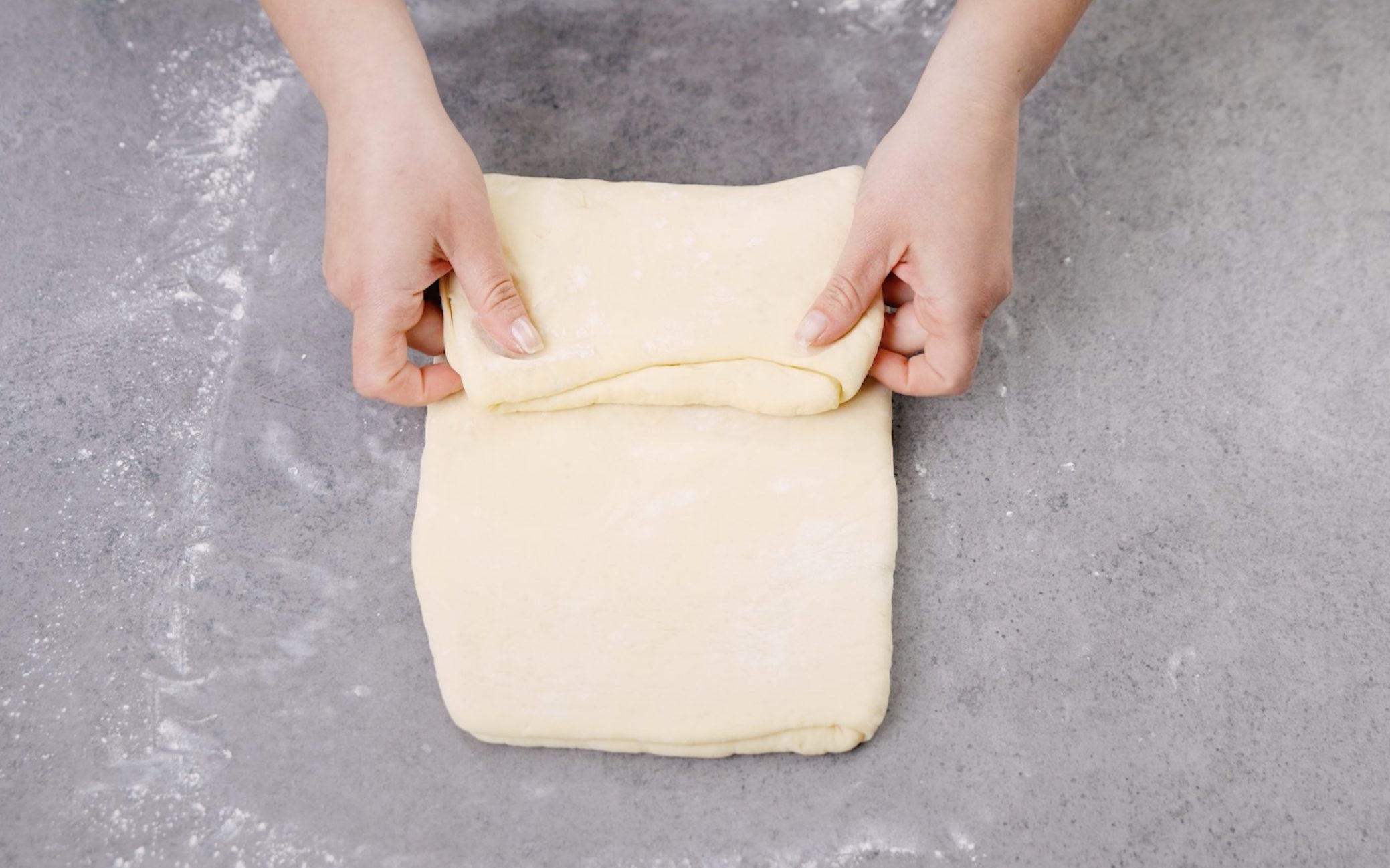;Resize,width=712;)
Perform a book fold. Refrigerate for 20 minutes. Roll the dough again to 16" x 12", cover and chill for 15 minutes. Final roll to ¼ inch thick slab, about 18–20" x 14".
Perform a book fold. Refrigerate for 20 minutes. Roll the dough again to 16″ x 12″, cover and chill for 15 minutes. Final roll to ¼ inch thick slab, about 18–20″ x 14″.
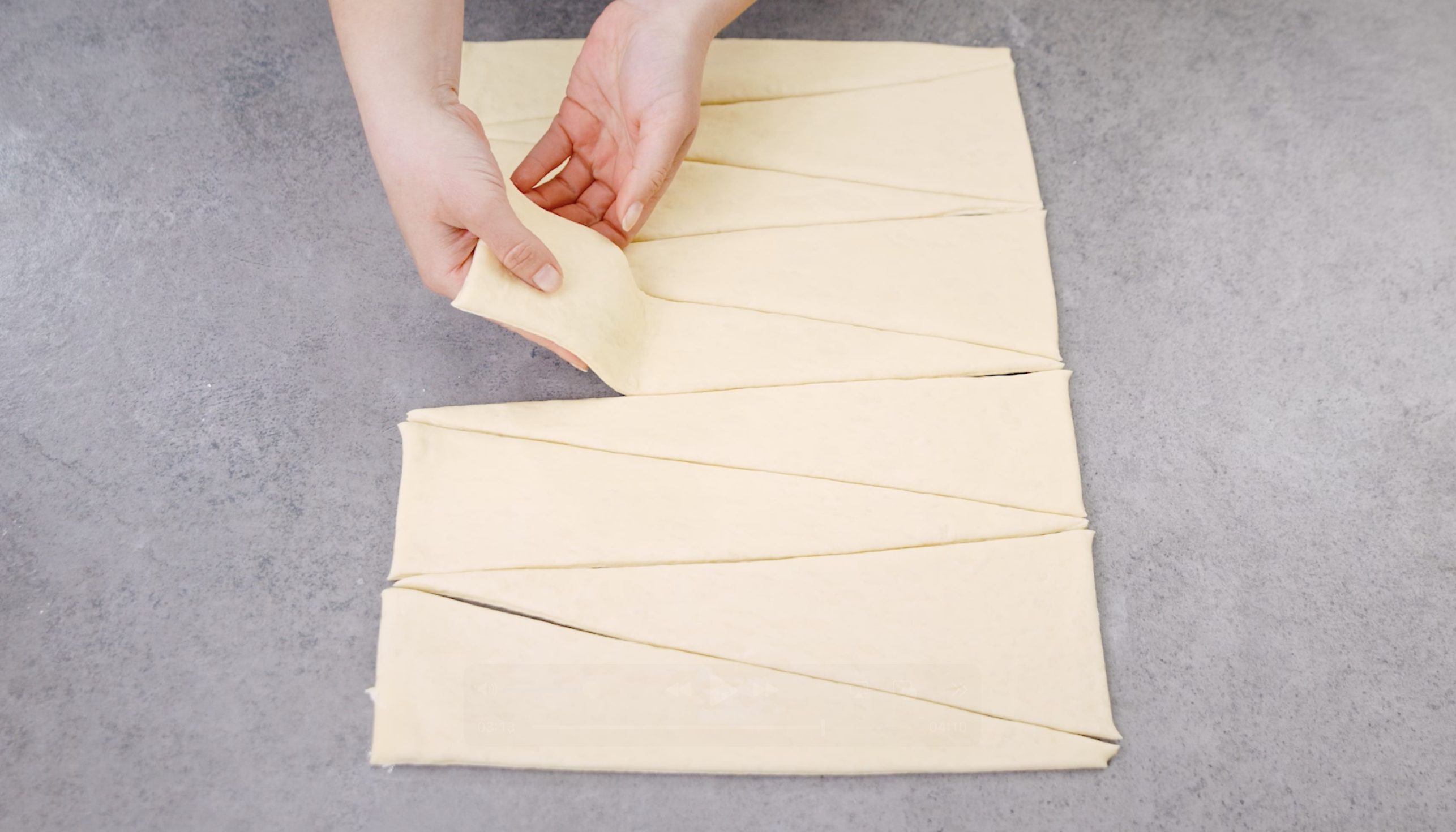;Resize,width=712;)
Cut into 8 triangles. Roll each from wide end to tip. Place on parchment-lined tray. Proof croissants until doubled in size, about 90 minutes.
Cut into 8 triangles. Roll each from wide end to tip. Place on parchment-lined tray. Proof croissants until doubled in size, about 90 minutes.
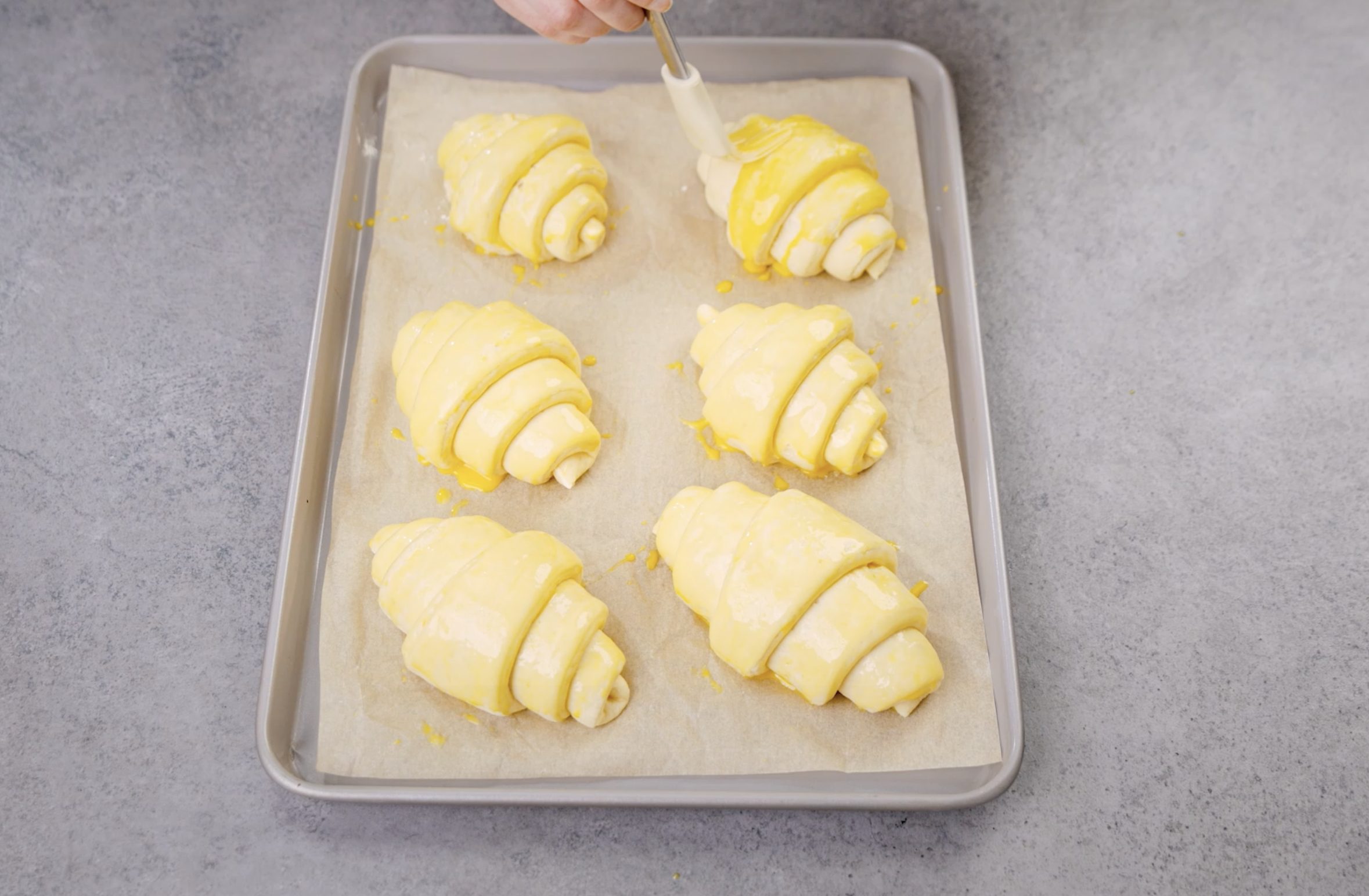;Resize,width=712;)
Brush with egg wash, rest 20 minutes, brush again.
Brush with egg wash, rest 20 minutes, brush again.
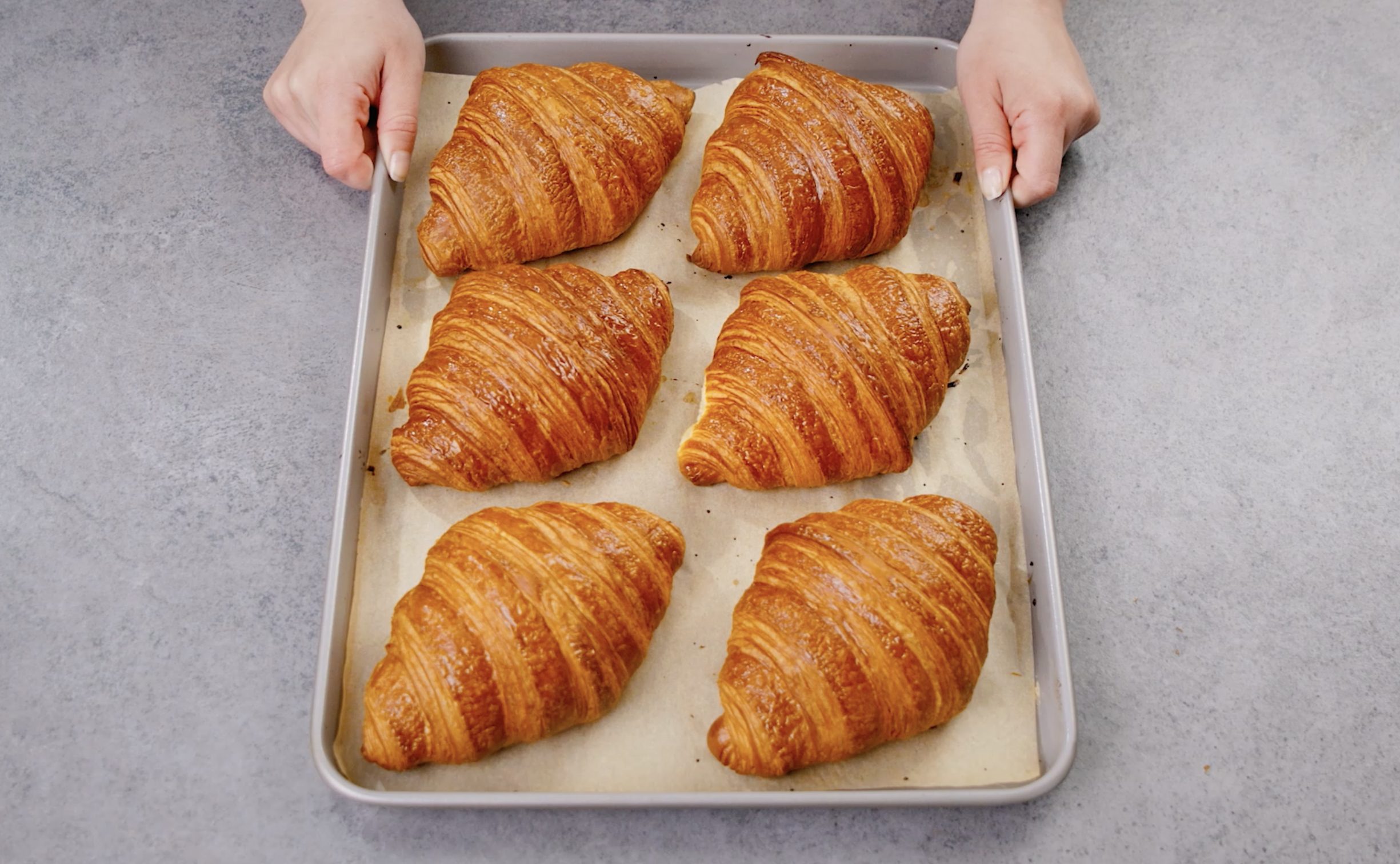;Resize,width=712;)
Bake at 425°F (220°C) for 18–20 minutes, until golden brown.
Bake at 425°F (220°C) for 18–20 minutes, until golden brown.

;Resize,width=767;)
